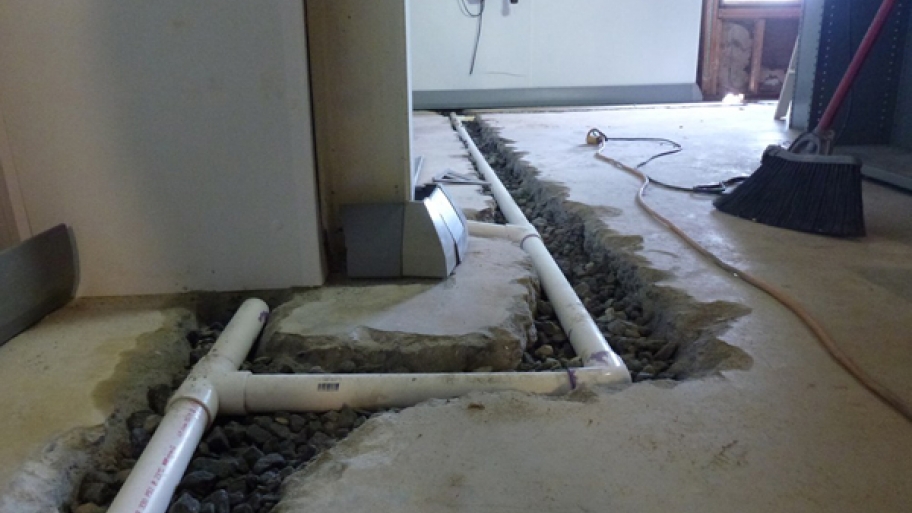Waterproofing is a vital consideration proper who’s building a basement waterproofing company which they want to use for storage or habitable accommodation. Also usually cellar waterproofing is not given high enough priority and consequently an inexpensive and unacceptable basement waterproofing solution is employed to try and get in a impractical budget. This usually contributes to disappointment and the resultant consequential losses can be disastrous for the owner of the making or property.
New construct basements in many cases are developed and developed from properly rated and also’water-resistant cement ‘, concrete block or prevents with concrete infill. A smartly designed and built structure may usually sort the principal resistance to water ingress because the cement is also heavy for water to go through. Nevertheless we must always be mindful that where you can find structure bones there is risk of disappointment even though waterbars, hydrophilic/hydrophobic pieces are properly installed.
With this borne at heart it is obviously a recommendation that in addition to the framework it self, another type of cellar waterproofing is used even if the structure is new and/or developed from’water-resistant cement ‘. Once the concrete construction it self is considered to be integrally waterproof this really is called form T type of basement waterproofing. Where the structure is not regarded as being integrally waterproofing then we’ve 2 alternatives for coping with the prospect of water ingress. One would be to Container it and the other is always to waterproof it with a Cavity Strain Membrane.
Tanking a basement suggests that the item is applied internally or externally and is made to actually end and restrain the water. That is known as Form A attic waterproofing. A Hole Strain Membrane program is placed on the inner experience of the earth retaining design where it could take the ingress of water depressurise it and handle it to a secure evacuation point. That is called type C form of cellar waterproofing.
Tanking as a form of attic waterproofing to new structures has natural risks. Whether you use it internally or externally to the framework tanking programs have to be applied 100% flaw absolve to be effective, if water is shipped under great pressure from the structure. The ruling in the High Judge of Justice was it is not reasonable for a tanking or waterproofing process to be applied 100% trouble free. What this means is that if you style for or apply a basement waterproofing process to the framework which must be 100% free from defects to perform and it fails you may be liable for the effects of this failure. By their really nature all tanking methods must be 100% flaw liberated to work when tried by water under pressure from the ground.
Many new build attic waterproofing styles that integrate an external tanking program also add a land strain the objective of which is to greatly help de-water the bordering ground parts and reduce the level of water that is provided from the structure. You will find often many related issues with area drains found in basement waterproofing. A area strain should really be placed on the outside the design under the degree of the inner slab so that it helps to ease the amount of water to the full level of the retained soil. Many times the positioning of the area strain is revealed on a drawing or mounted above the interior piece stage and therefore could only actually be partially effective.
‘The sort and feasibility of remedial therapy’is just a news expression in the attic waterproofing industry. This means when there is an issue being able to return to anything to recognize where and what the problem is and then correct it. This can be a problem with equally external tanking and area drains since they are often buried under tonnes of earth. How big is the land strain is still another issue as who can precisely estimate the quantity of water that could be likely to come calmly to have whenever you want later on? Also as mentioned the tanking system may depend heavily on the land strain and how can anybody guarantee it against defect or blockage in the future – again the shape and feasibility of remedial treatment makes question.
So just how a cavity strain membrane cellar waterproofing programs like Process 500 operates is to supply air holes and therefore depressurisation areas internally of the structure which reduce the water pressure. This is completed firstly having an 8mm studded membrane put on the walls. The stud profile provides to keep the product somewhat away from the structure to which it’s applied.
